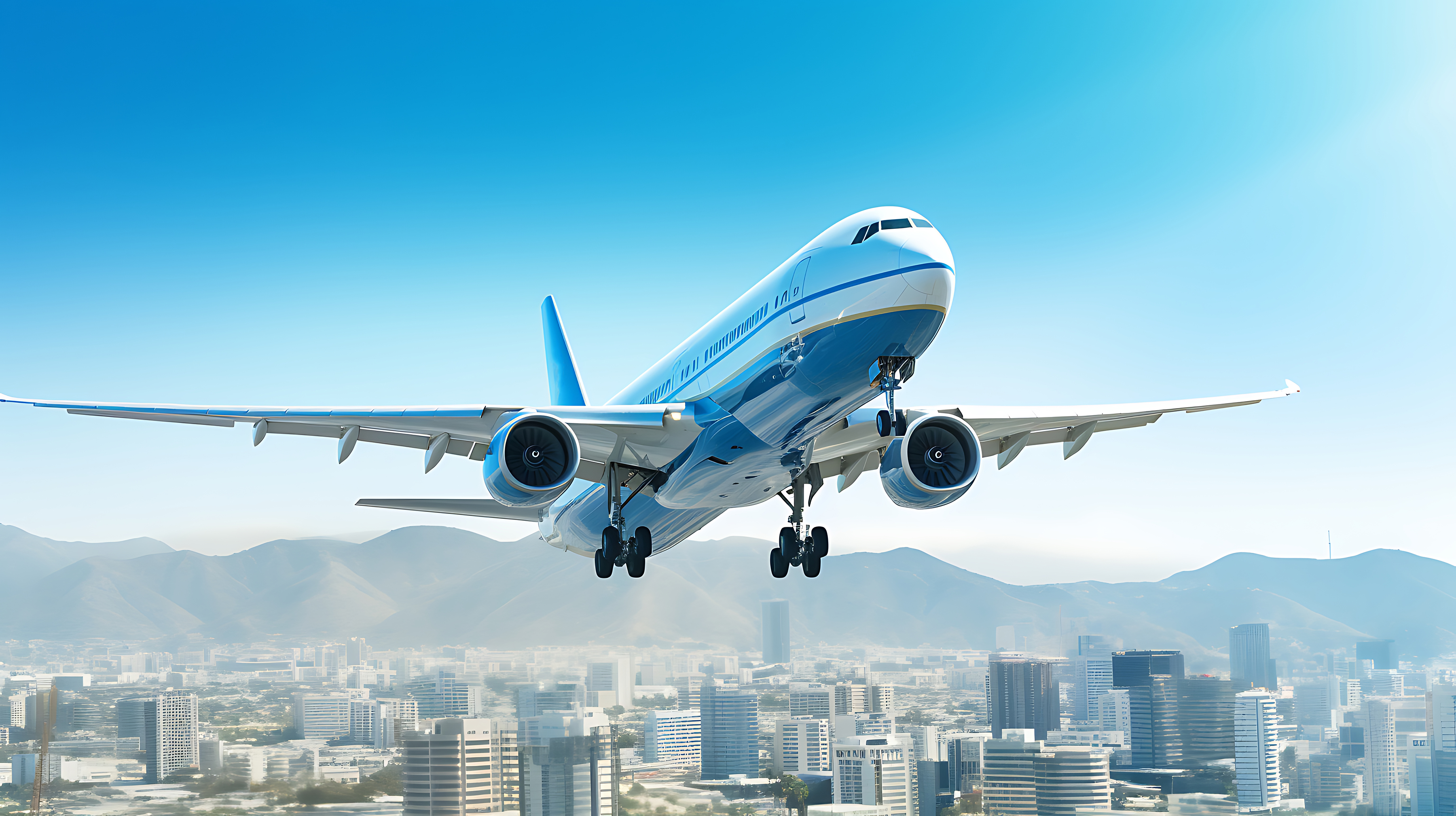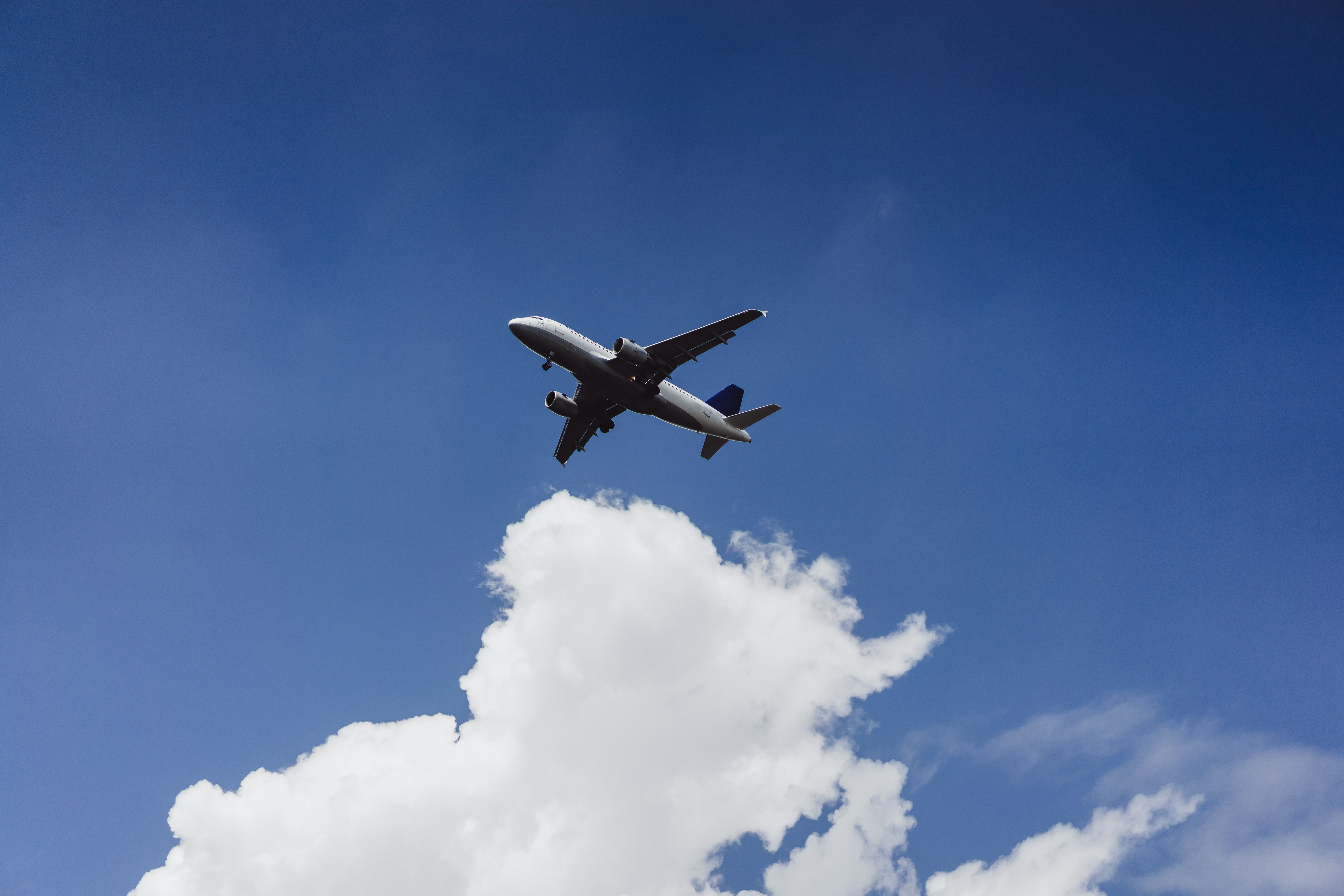Difference Between B1.1, B1.2 & B2 AME Licenses

Difference Between B1.1, B1.2 & B2 AME Licenses
In the rapidly growing aviation industry, Aircraft Maintenance Engineering (AME) plays a critical role in ensuring the safety, reliability, and airworthiness of aircraft. AME specialists are certified engineers in charge of examining, fixing, and maintaining aircraft before take-off. In India, AME licenses are classified under categories such as B1.1, B1.2, and B2, each focusing on different areas of aircraft maintenance.
This blog explores the difference between B1.1, B1.2, and B2 AME licenses, explains the types of licenses available, and offers guidance for students considering a career in aircraft maintenance engineering. It also touches on AME course eligibility, top institutions, and which AME license may be the best option based on individual interests.
Types of AME Licenses in India
AME licenses are issued by the Directorate General of Civil Aviation (DGCA), which is India's civil aviation regulatory body. Aircraft Maintenance Engineering Licenses are categorised into Mechanical as well as Avionics streams:
B1.1: Focuses on turbine-engine aircraft (mechanical stream).
B1.2: Covers piston-engine aircraft (mechanical stream).
B2: Specializes in avionics systems (electrical and electronic systems).
Each license equips students with the necessary theoretical knowledge and hands-on training required for a specific segment of aircraft maintenance.
AME Mechanical B1.1 License: Turbine-Engine Aircraft
The AME Mechanical B1.1 license is tailored for students who wish to work with turbine-engine aircraft, such as those used by commercial airlines and defense organizations. This stream encompasses various mechanical components including jet engines, hydraulic systems, pressurization systems, and fuel management systems.
At institutions like Sha-Shib Flying Academy (SFA), Guna, students enrolled in the B1.1 program undergo an extensive curriculum approved by DGCA. The course integrates rigorous classroom learning with practical exposure to aircraft engines and systems in advanced laboratories. The emphasis is placed on troubleshooting, diagnostics, repair procedures, and preventive maintenance.
Graduates of this stream are qualified to certify and release turbine-powered aircraft for service after maintenance, making them valuable assets to airlines and MRO (Maintenance, Repair, and Overhaul) organizations.
AME Mechanical B1.2 License: Piston-Engine Aircraft
Piston-engine aircraft, which are often utilized in general aviation, charter services, and pilot instruction, are the emphasis of the B1.2 AME license. This course is ideal for students who prefer a more hands-on mechanical role within the aviation industry.
Institutes like SFA Guna, recognized as one of the best AME colleges in India, offer a well-structured B1.2 program that meets DGCA standards. The course covers essential subjects such as piston engine mechanics, flight control systems, airframe structures, and aerodynamics.
Practical training is a key component, where students spend time in DGCA-approved MRO facilities. This hands-on experience builds technical competence in engine overhauls, system inspections, and component replacements.
A major difference between B1.1 and B1.2 is the type of engine—jet engines in B1.1 vs. piston engines in B1.2—and the associated systems and tools used in maintenance.
AME Avionics B2 License: Electrical and Electronic Systems
Avionics systems, specifically the electrical, navigation, communication, and instrument systems aboard aircraft, are covered by the B2 AME license. The difference between mechanical and avionics AME lies in the focus areas: mechanical AMEs deal with engines and airframes, whereas avionics AMEs manage the aircraft’s complex electronic systems.
The AME Avionics B2 course at institutions like SFA Guna prepares students for careers as avionics technicians and engineers. The curriculum includes both theoretical modules and intensive lab-based training. Key areas include radar systems, autopilot, flight data systems, and communication equipment.
Given the increasing reliance on digital systems in modern aviation, B2 license holders are in high demand across commercial airlines, cargo carriers, and defense aviation.
Which AME License is Best in India?
B1.1: Best for those interested in working on large commercial jets with turbine engines. Offers broader job prospects in major airlines.
B1.2: Ideal for individuals wanting to work on smaller, piston-engine aircraft. Suited for general aviation and training sectors.
B2: Recommended for students inclined toward electronics, instrumentation, and advanced navigation systems. Increasingly vital in modern aviation.
In terms of employment opportunities, AME B1.1 vs B1.2 vs B2 comparisons show that B1.1 and B2 licenses generally offer wider opportunities in the commercial aviation sector. However, all three licenses are valuable and essential in the industry.
Aircraft Maintenance Engineering Course Eligibility
Educational Qualification: 10+2 with Physics, Chemistry, and Mathematics (PCM) from a recognized board.
Alternative Qualification: A diploma in engineering (aeronautical, mechanical, electrical, or electronics) is also acceptable
Age Criteria: The minimum age for admission is typically 16–17 years.
Apart from academic qualifications, students must have good communication skills, a strong understanding of technical concepts, and a keen interest in aviation technology.
Choosing the right institution is critical for success in the AME field. Look for colleges that are approved by DGCA, offer modern facilities, and have partnerships with industry organizations.
Some key factors to consider when selecting from the top 10 aircraft maintenance engineering colleges in India include:
DGCA Approval Status
Infrastructure and Laboratories
Practical Training Facilities
Industry Partnerships and MRO Exposure
Alumni Success and Placement Records
Sha-Shib Flying Academy (SFA), Guna consistently ranks among the top AME colleges in India, offering all major AME streams—B1.1, B1.2, and B2—with state-of-the-art facilities and a reputation for producing skilled AME professionals.
Career Prospects After Completing AME
After obtaining a DGCA-issued AME license, graduates can work with:
National and international airlines
Aircraft manufacturing companies
MRO organizations
Government and private aviation agencies
Aircraft leasing companies
Airports and regulatory bodies
With the Indian aviation market projected to be one of the fastest-growing globally, the demand for certified AME professionals is expected to surge in the coming years.
Final Thoughts
Understanding the difference between B1.1, B1.2, and B2 AME licenses is essential for anyone considering a career in aircraft maintenance. Whether you are mechanically inclined or passionate about avionics, there is a specialized AME course to suit your interests.
With numerous opportunities for growth, attractive salaries, and the chance to work in a dynamic, global industry, Aircraft Maintenance Engineering offers a fulfilling and secure career path. Make sure to choose from the best AME colleges in India, verify DGCA approval, and align your course selection with your long-term goals.







.jpg)








.jpg)
